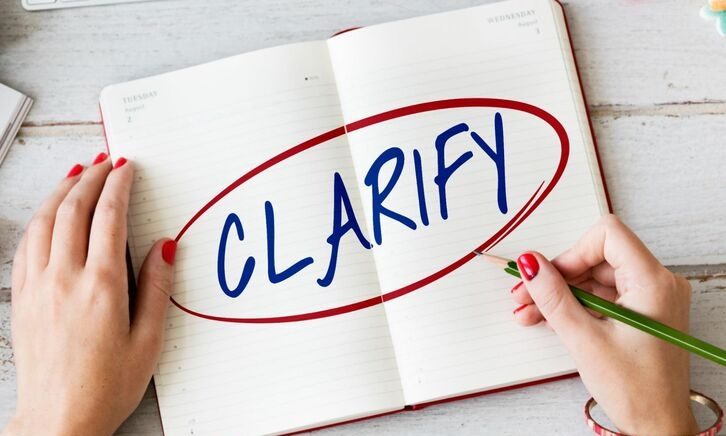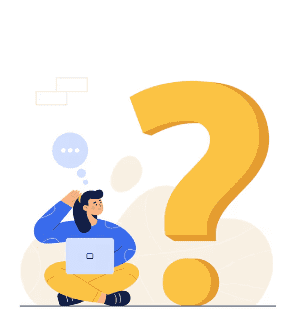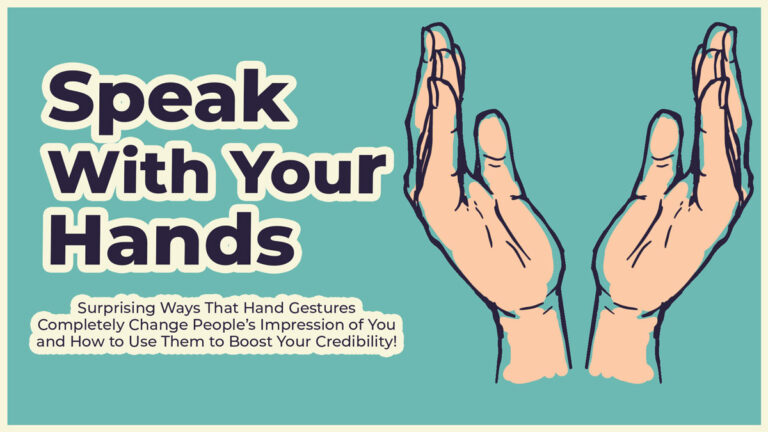Presenting in front of an audience can be nerve-wracking.
But, the Q&A session that follows can often be even more challenging.
It’s the moment when you need to be ready to address any questions and concerns your audience may have.
Handling this part of your presentation effectively can leave a lasting impression and demonstrate your expertise and confidence.
Whether you’re presenting at a conference, leading a workshop, or pitching to potential clients, these 9 tips will help you handle Q&A sessions like a pro.
1. Prepare Thoroughly
Preparation is key to handling a Q&A session successfully.
Anticipate potential questions by reviewing your presentation content and identifying areas that might prompt inquiries.
Create a list of possible questions and rehearse your answers.
For example, if you’re presenting a new marketing strategy, be ready to explain your data sources, methodologies, and expected outcomes.
Preparation builds confidence and allows you to provide clear and concise answers, demonstrating your expertise.

2. Listen Actively
When a question is asked, listen attentively without interrupting.
This shows respect for the questioner and ensures you fully understand the question.
Nod occasionally and maintain eye contact to show engagement.
For instance, during a product launch presentation, if an attendee asks about a specific feature, listen carefully to grasp the exact concern before responding.
Active listening helps you address the real question and provides thoughtful and accurate responses.

3. Clarify If Needed
If a question is unclear, don’t hesitate to ask for clarification.
This lets you understand the question correctly but also buys you a little time to formulate a well-thought-out answer.
For example, if someone asks a broad question like, “How will this impact our business?”
You can respond with, “Could you please specify which aspect of the business you are referring to?”
Clarifying questions prevents misunderstandings and allows you to provide more relevant and precise answers.

4. Stay Calm and Composed
Maintaining composure during a Q&A session is crucial, especially when faced with challenging or critical questions.
Take a deep breath before answering and keep your tone calm and professional.
For example, if you’re asked a difficult question about a project’s failure, respond calmly, focusing on the lessons learned and future improvements.
Staying composed under pressure reflects confidence and control, leaving a positive impression on your audience.

5. Answer Concisely
Keep your answers brief and to the point.
Long-winded responses can lose the audience’s attention and make it seem like you’re unsure of your answer.
As an illustration, if asked about the timeline of a project, a concise response like, “We expect to complete it by the end of Q3, with all major milestones on track,” is more effective than a lengthy explanation.
Concise answers are more impactful and easier for the audience to remember.
6. Use Examples and Illustrations
Whenever possible, use examples and illustrations to clarify your answers.
Real-world examples make your responses more relatable and understandable.
For instance, if asked about the benefits of a new software tool, you could describe a case study where a similar tool significantly improved efficiency for a previous client.
Examples and illustrations enhance comprehension and make your answers more engaging.

7. Admit When You Don’t Know
It’s okay not to have all the answers.
If you don’t know the answer to a question, admit it honestly and offer to follow up with more information later.
For example, you can say, “I don’t have that information right now, but I will find out and get back to you by tomorrow.”
Admitting you don’t know something shows honesty and integrity, which can build trust with your audience.

8. Redirect Off-Topic Questions
Sometimes, questions can go off-topic or derail the flow of the session.
Politely steer the conversation back on track.
For instance, if someone asks a question unrelated to your presentation. . .
You can respond with, “That’s an interesting point, but let’s focus on the topic at hand. We can discuss that further after the session.”
Redirecting off-topic questions keeps the session focused and ensures that the discussion remains relevant to the audience.

9. Engage the Entire Audience
Make sure that your responses engage the entire audience, not just the person who asked the question.
Repeat or paraphrase the question for everyone’s benefit before answering.
For example, if someone asks, “How will this affect our sales team?”
You can respond with, “The question is about the impact on the sales team. Here’s how this new strategy will benefit them…”
Engaging the entire audience fosters a more inclusive environment and ensures everyone is on the same page.

Q&A Sessions Can Demonstrate Your Expertise So Do Well
Handling a Q&A session effectively is a vital skill that can enhance your overall presentation and leave a lasting impression on your audience.
By preparing thoroughly, listening actively, staying composed, and engaging the entire audience, you can overcome even the most challenging questions with ease.
Remember, the Q&A session is an opportunity to demonstrate your expertise, build trust, and reinforce the key points of your presentation.
With these tips, you’ll be well-equipped to handle any question that comes your way, ensuring a successful and impactful presentation.


